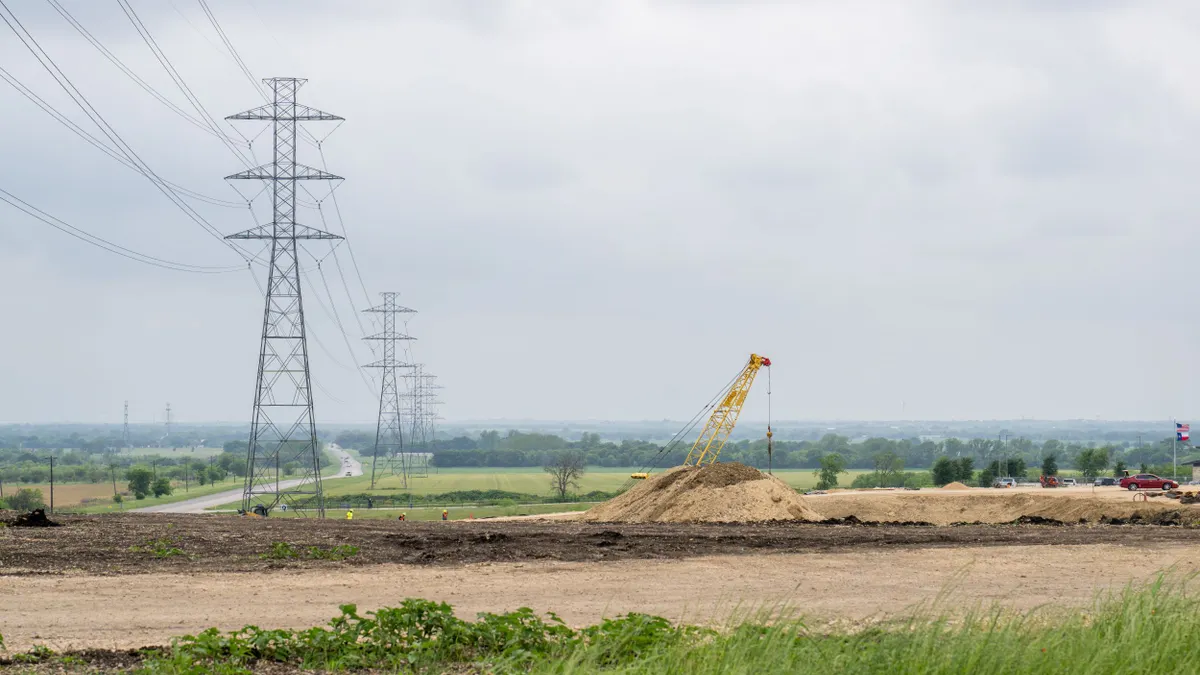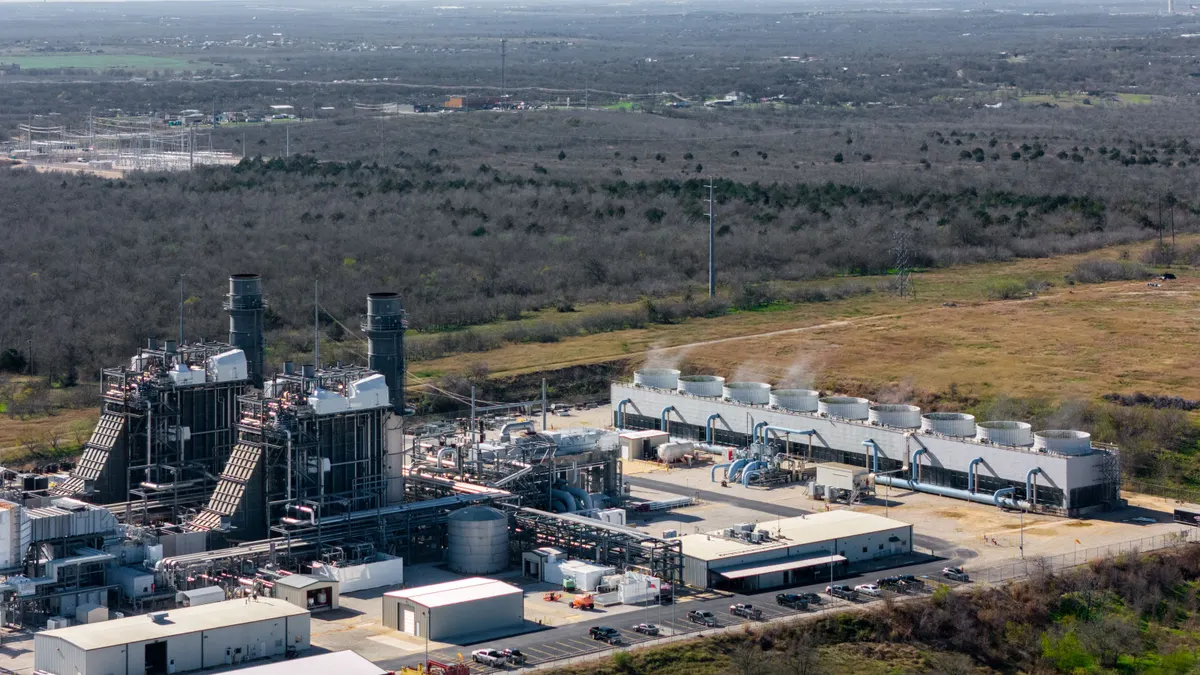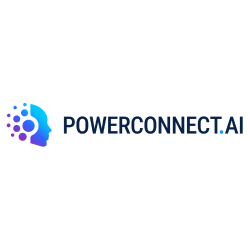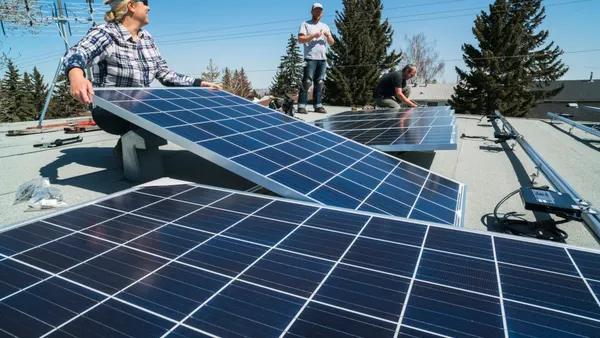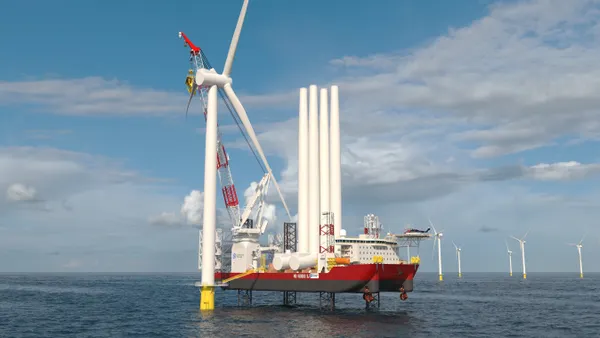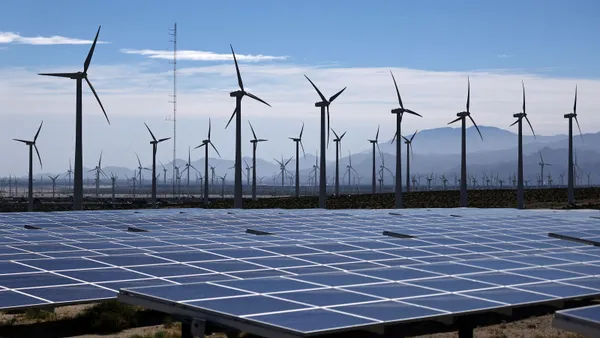Dive Brief:
- Seventy percent of the nearly 29,000 new Sunrun customers last quarter added paired batteries with rooftop solar systems, the largest U.S. home energy systems installer said Wednesday. That marked a 50% jump in the battery attachment rate from a year earlier.
- The surge in battery attachments highlights Sunrun’s shift away from solar-only installations and toward energy storage systems that can support virtual power plants, company executives told investors and stock analysts. Sunrun has installed about 3.2 GWh of distributed storage capacity to date, they said, putting it on track to reach 10 GWh by 2029.
- The expiration of the federal investment tax credit for third-party-owned residential solar equipment could deprive Sunrun of about $6,200 in revenue per system after 2027, it said in its Q2 2025 earnings presentation. To offset the loss, Sunrun said it would source lower-cost solar equipment, reduce customer acquisition costs, boost grid services revenue and raise power prices amid expected utility rate increases.
Dive Insight:
Sunrun has installed 195,000 solar-and-storage systems at its customers’ homes, it said Wednesday. The attachment rate has steadily increased since 2023, jumping from 18% to 54% from Q2 2023 to Q2 2024 and rising to 62% by Q4 2024.
The exponential jump from 2023 to 2024 followed California’s enactment of a new net billing tariff that incentivized storage attachments for new residential solar customers. California remains the largest state market for residential solar, and policy decisions there have an outsized impact on distributed energy providers like Sunrun.
Despite the slower pace of attachment growth this year, Sunrun is growing storage installations at a faster pace than solar-only installations. Sunrun installed 392 MWh of batteries in Q2 2025, up 48% from Q2 2024. It added 227 MW of solar capacity during the period, up 18% from a year earlier.
Company executives said Sunrun’s focus on energy storage aligns with utilities’ and grid operators’ growing interest in virtual power plants. VPPs network tens of thousands of customer-sited devices, such as home batteries, to dispatch tens or hundreds of megawatts of electricity during peak demand periods. Experts say VPPs are cheaper and faster to deploy than utility-scale power plants, which can take several years to permit and build.
“We’re focusing heavily [on] deploying battery devices and reaching penetration and concentration in areas that … have attractive home-to-grid virtual power plant type programs set up,” said Paul Dickson, Sunrun president and chief revenue officer.
Sunrun and Tesla batteries delivered 535 MW to the California grid in a July 29 test event involving customers of Pacific Gas & Electric, Southern California Edison and San Diego Gas & Electric. The event showed that VPPs can meaningfully reduce net peak load and mitigate the need for investment in new generation, The Brattle Group said in a post-event report.
Roughly 35% of Sunrun’s batteries are enrolled in VPP programs, “and we anticipate that [share] growing nicely,” Dickson said.
The Trump administration’s hostility to wind and solar energy may spur Democratic-controlled states to sustain or expand support for customer-sited solar and batteries, Dickson said.
“We’ve seen … some enhancements there and some further commitments [on customer rebate programs],” he said. “And then I would say early conversations are kind of budding in several new markets that create interesting and exciting opportunities for us.”
The NC Clean Energy Technology Center and the Smart Electric Power Alliance flagged significant VPP-related developments in Colorado, Maryland and North Carolina in a report released earlier this year. Overall, 38 states and the District of Columbia took policy or regulatory steps to support distributed energy resources in 2024, the report authors said.
By the middle of August, Sunrun will have a multi-year backlog of projects that it expects to qualify for the solar investment tax credit beyond its end-of-2027 expiration date, the company said in its earnings presentation. The company expects to further expand this backlog — possibly as far out as 2030 — once the U.S. Department of Treasury releases revised “safe harbor” guidance for clean energy developers, executives said on the call.
Despite rumors that the revised guidance could retroactively apply to projects that began construction earlier this year, that outcome is “very, very low likelihood,” Sunrun CEO Mary Powell said.
“We already are seeing a lot of Republican Senate leadership expressing their desire, frankly, not for there to be a lot of changes at all, let alone retroactive changes,” Powell said. “Everything we’re hearing is that there likely will be some changes and they will be prospective.”




